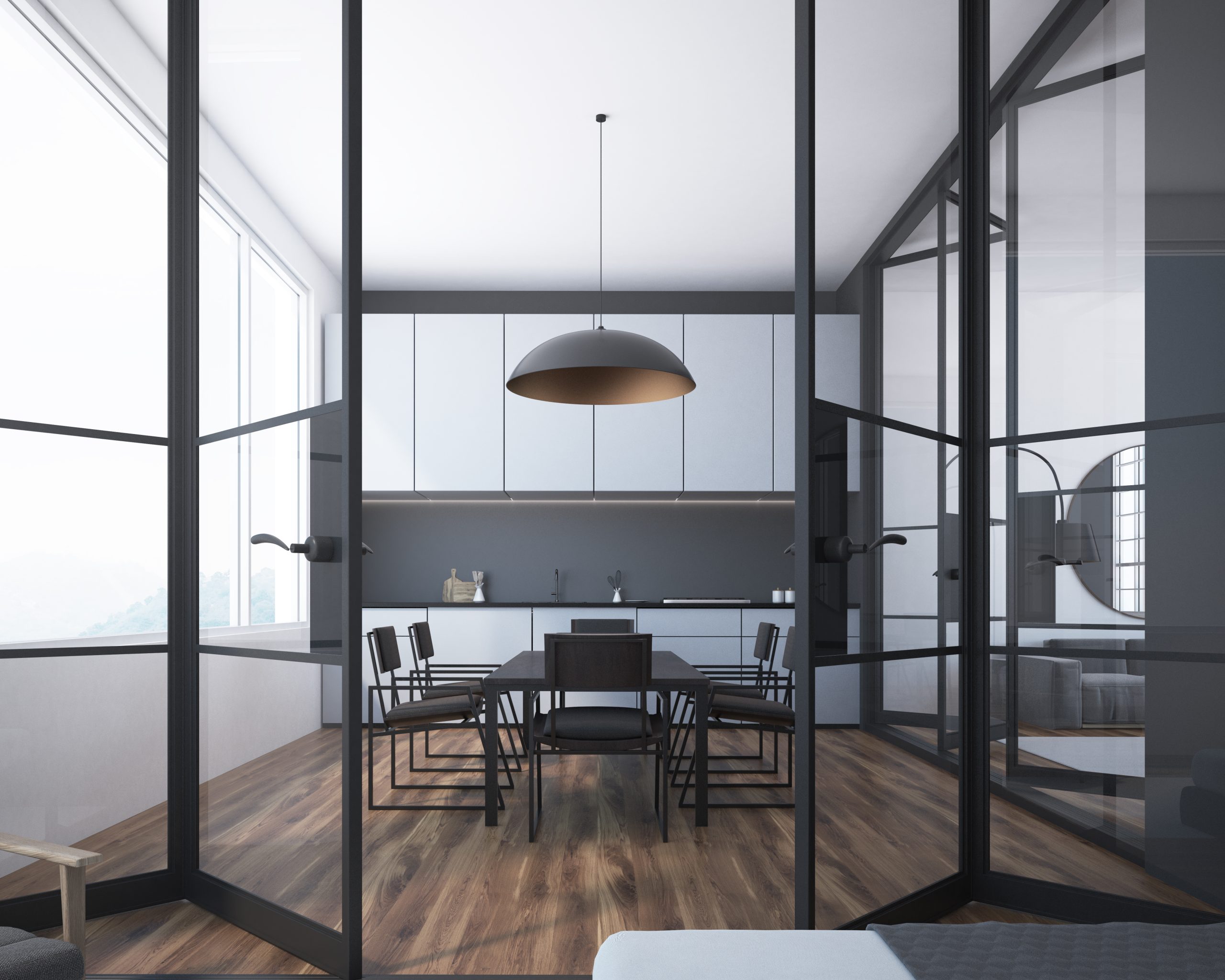Introduction
Smart glass, an innovative technology that seamlessly transitions between transparent and opaque states, is revolutionising interior design. In this era of advanced digitalisation, smart glass is more than just a window or partition; it’s an adaptable design element that enhances both aesthetics and functionality. As we explore the dynamic landscape of interior design, it’s essential to recognise the profound impact that smart glass is making.
Types of Smart Glass
Among the various types of smart glass available, four stand out: electrochromic, photochromic, thermochromic, and suspended particle device (SPD) smart glass. Electrochromic glass allows control over light transmission through the application of low-voltage electrical currents. Photochromic glass darkens when exposed to sunlight, offering an energy-efficient solution. Thermochromic glass responds to temperature changes, adjusting opacity accordingly. SPD glass uses suspended particles to regulate light and heat.
Benefits of Using Smart Glass in Interior Design
The integration of smart glass in interior spaces brings a multitude of benefits. Natural light optimisation, achieved through real-time light control, reduces the need for artificial lighting. This, in turn, enhances energy efficiency and reduces costs. The ability to transform from transparent to opaque provides privacy control and allows for flexible space division. Beyond functionality, smart glass adds aesthetic appeal and modernises interior aesthetics.
- Natural light optimisation
- Energy efficiency and cost savings
- Privacy control and space division
- Aesthetic appeal and modernisation
Applications of Smart Glass in Interior Spaces
The applications of smart glass span across residential, commercial, hospitality, and healthcare environments. In residential settings, smart glass offers privacy without sacrificing natural light. In commercial buildings, it creates dynamic office spaces and conference rooms. The hospitality industry benefits from customisable, interactive partitions, and healthcare facilities can enhance patient privacy while maintaining an open atmosphere.
- Residential settings
- Commercial buildings
- Hospitality industry
- Healthcare facilities
Integration of Technology and Design
The true magic of smart glass lies in its seamless integration with interior elements. From windows and doors to partitions and mirrors, smart glass can adapt to diverse design needs. Customisable options, such as adjustable opacity levels and even colour tinting, empower designers to create unique atmospheres that resonate with occupants.
- Seamless integration of smart glass with interior elements
- Customisable options for various design preferences
Future Trends in Smart Glass Technology
The future of smart glass in interior design is exciting and dynamic. Smart glass will evolve from being a passive element to an interactive one, responding to user commands and gestures. This interaction will seamlessly integrate with other smart home systems, making spaces truly intelligent. Additionally, the concept of smart glass as a dynamic design element, changing patterns and colours, will gain traction.
Environmental Impact and Sustainability
Smart glass aligns with sustainability goals by significantly reducing energy consumption. Its ability to regulate light and heat decreases the reliance on heating, cooling, and artificial lighting systems. This eco-friendly approach contributes to LEED certification and creates a more environmentally responsible built environment.
Challenges and Considerations
While the benefits are clear, there are challenges to consider. Initial costs can be higher compared to traditional glass solutions. However, the long-term energy savings and aesthetic value often justify this investment. Maintenance and durability are also factors to account for, as the technology may require occasional servicing. Overcoming user resistance to this innovative technology and ensuring ease of use are important considerations.
Smart Glass and Well-being
Beyond aesthetics and efficiency, smart glass positively impacts occupant well-being. Its ability to synchronise with circadian rhythms promotes better sleep patterns and contributes to overall health. Spaces equipped with smart glass can offer occupants a healthier and more comfortable environment.
Collaboration with Architects and Designers
To harness the full potential of smart glass, early collaboration between architects, designers, and technology experts is crucial. Involving these stakeholders from the outset ensures that smart glass is seamlessly integrated into the overall design vision, rather than treated as an afterthought.
Overcoming Resistance to Change
Adopting smart glass can meet resistance due to its novelty and unfamiliarity. Education and awareness campaigns about its benefits can alleviate concerns and misconceptions. Addressing potential issues and showcasing successful case studies can foster acceptance.
Conclusion
Smart glass is reshaping the interior design landscape by blending technology and aesthetics in innovative ways. As designers and architects continue to explore its potential, smart glass is poised to create spaces that are not only functional and efficient but also visually striking and emotionally resonant.
Who We Are
Tecdur is the leading manufacturer of smart glass for the UK and Ireland. Tecdur Switchable Glass provides the best clarity, lowest power consumption and lowest haze currently available. We can offer a wide range of specifications to meet project requirements with our switchable glass, cost is dependent on specification, application and design. Please get in contact with us to discuss further.
Please visit our portfolio for a look at completed projects. Keep up to date on our LinkedIn Showcase page
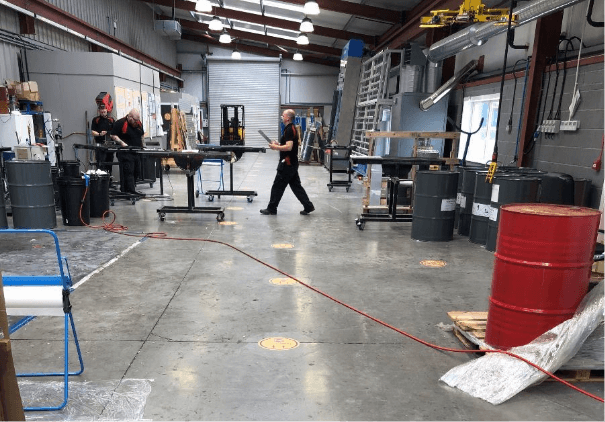
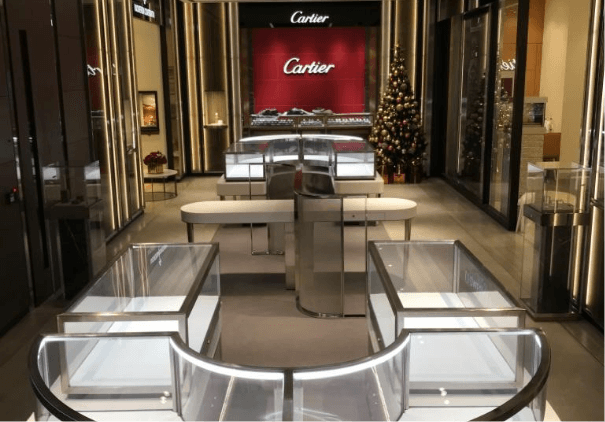
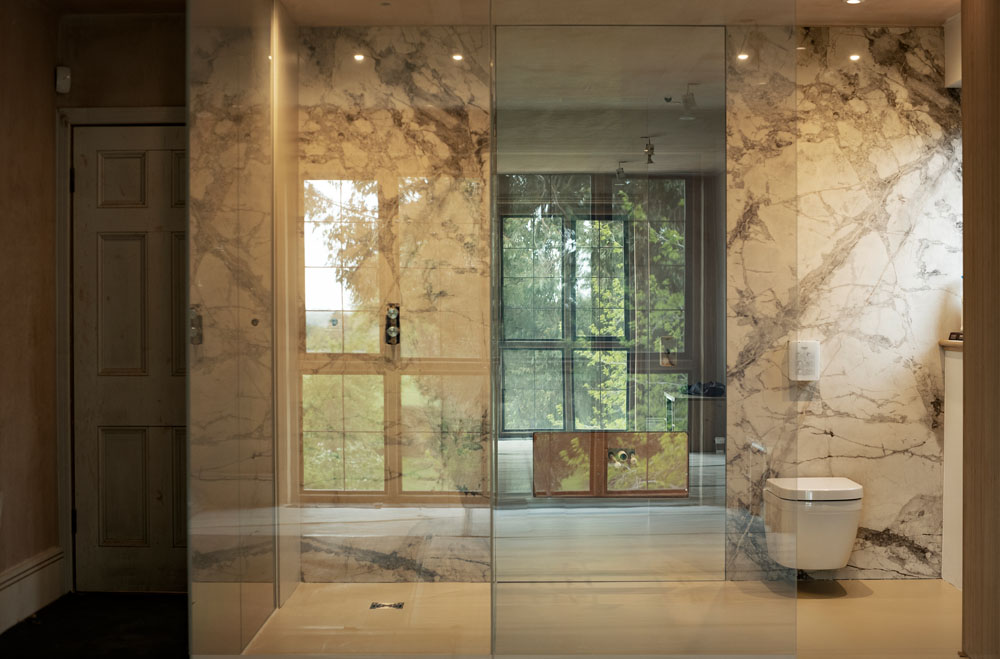
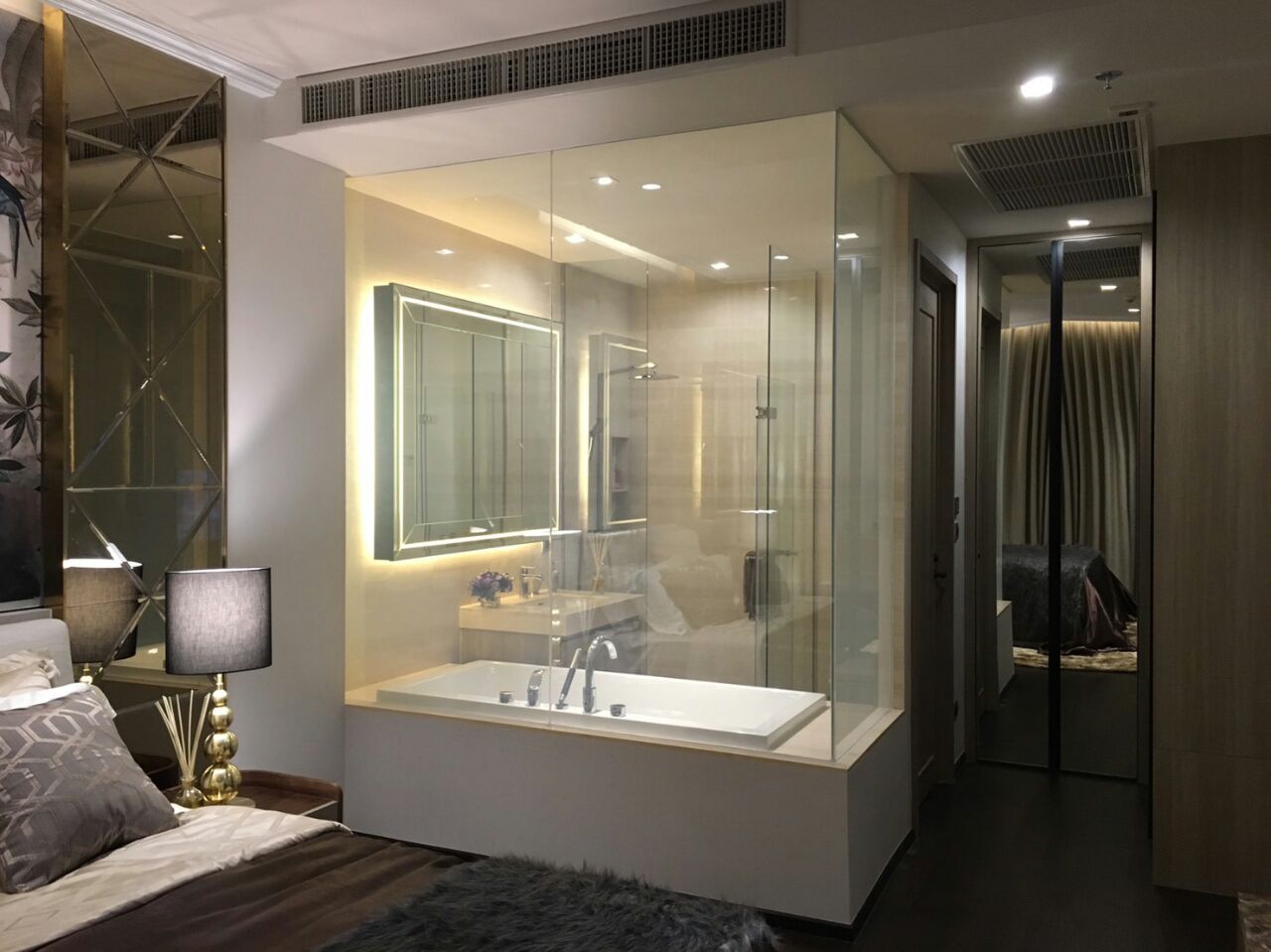
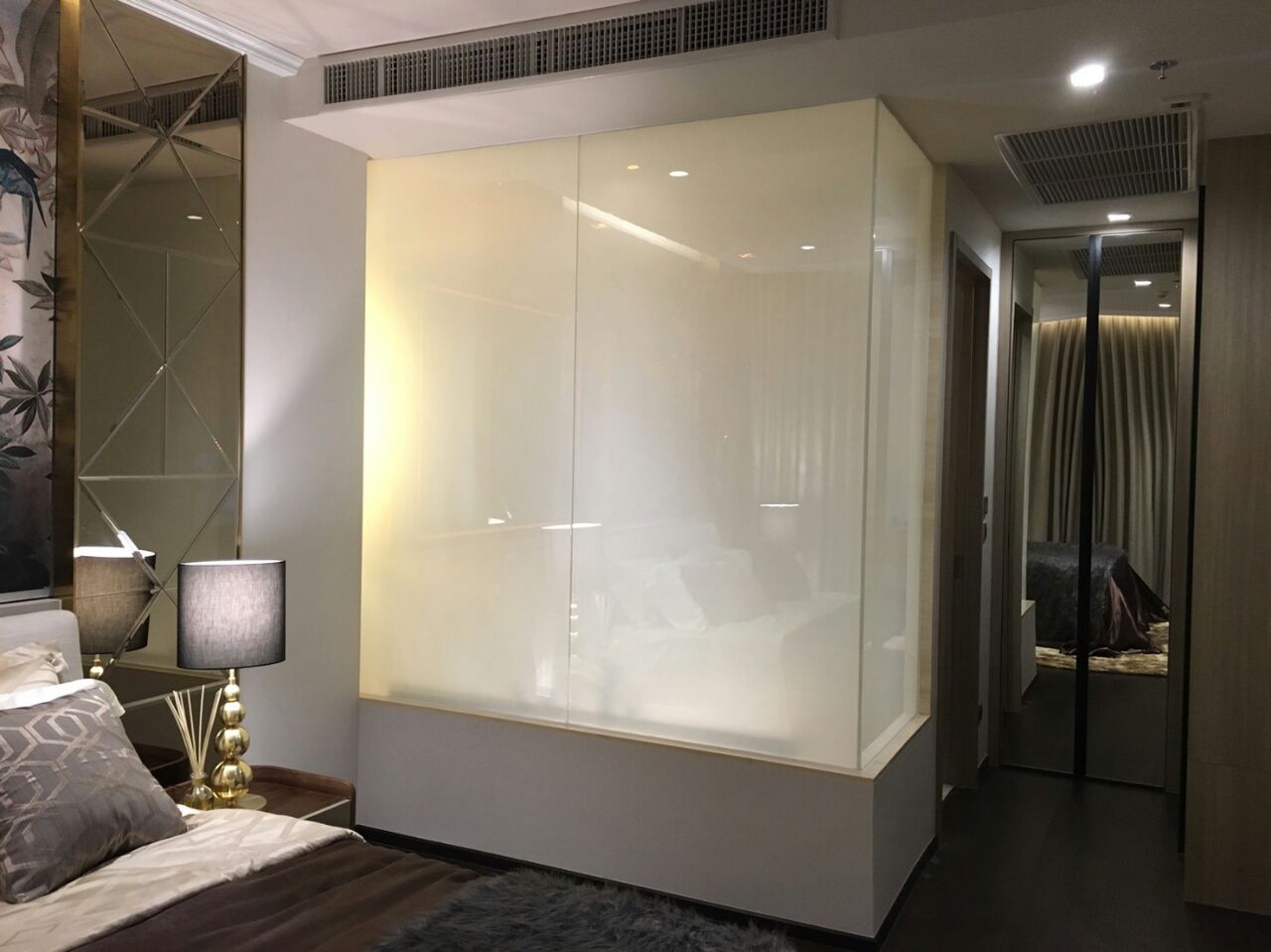
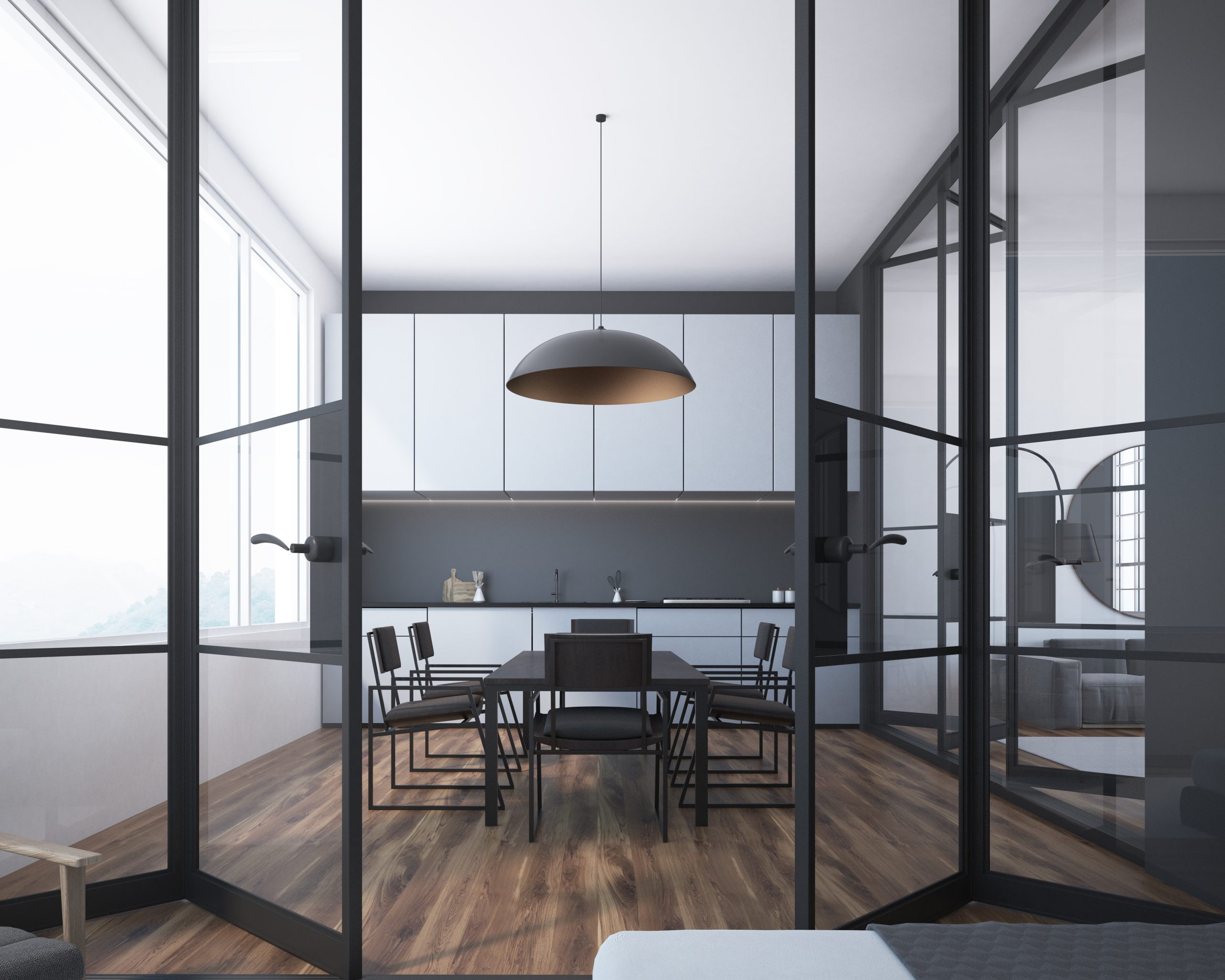
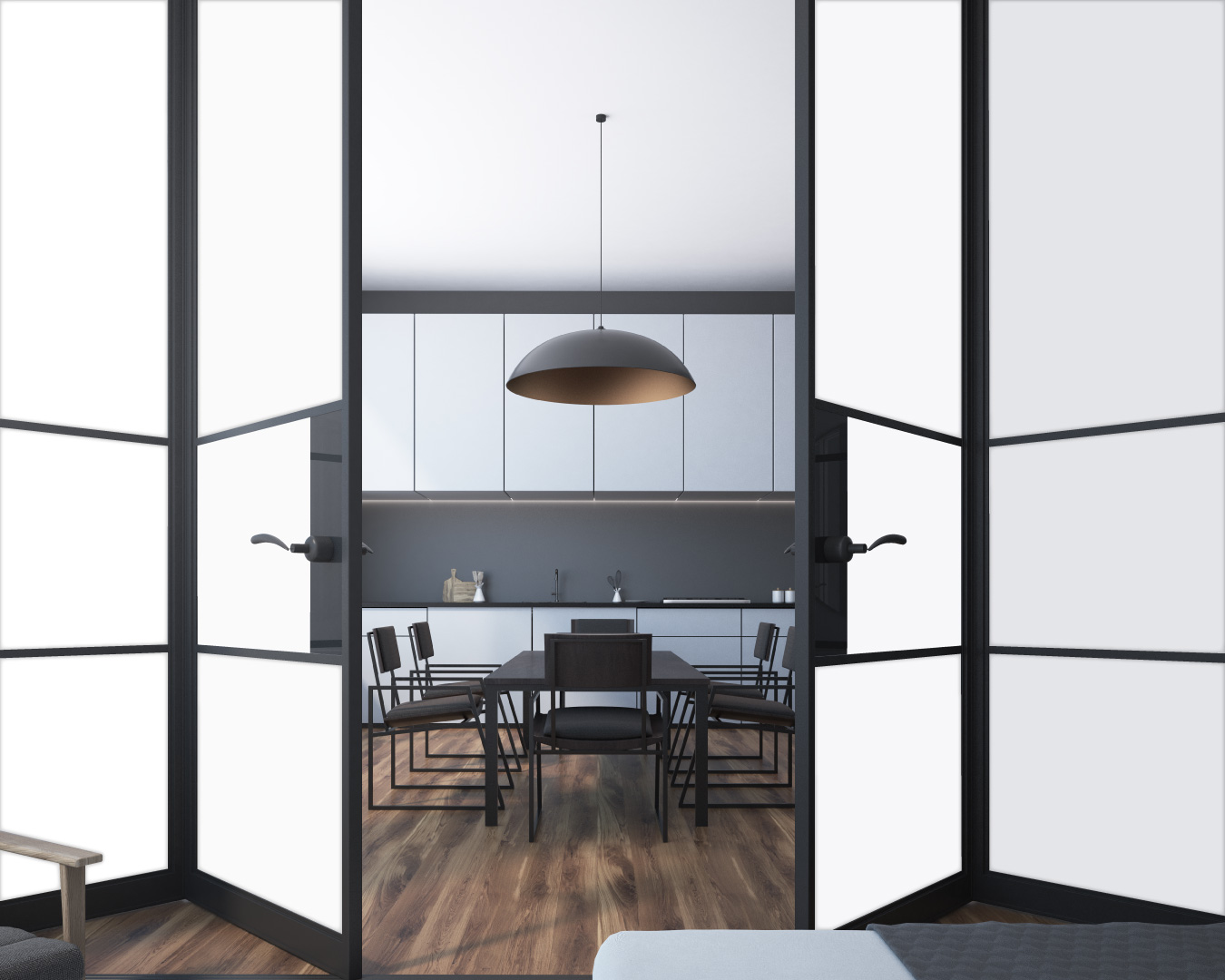
Frequently asked Questions
Our privacy glass works by utilising advanced PDLC (Polymer Dispersed Liquid Crystal) film. When an electrical current is applied, the liquid crystal molecules align, allowing light to pass through, making the glass transparent. When the current is switched off, the molecules mis-align, causing the glass to turn opaque or translucent, providing privacy.
Smart glass can last for over 10 years with proper maintenance, ensuring a long-lasting investment.
Yes, smart glass can be retrofitted into existing structures, offering a modern upgrade without major renovations.
Absolutely, smart glass can seamlessly integrate with voice-controlled smart home systems for added convenience.
Smart glass optimises natural light and temperature control, leading to reduced energy consumption and lower utility bills.
Smart glass offers customisable privacy levels, allowing occupants to control transparency according to their needs.
